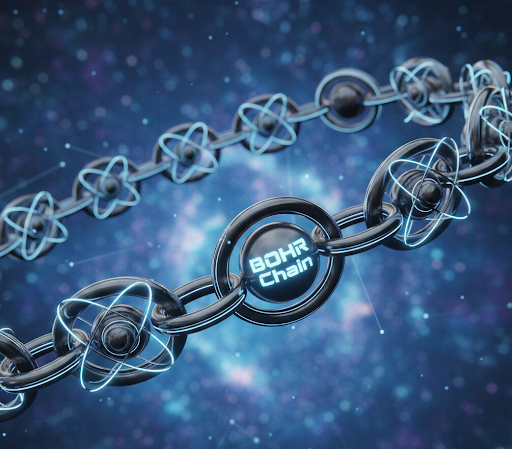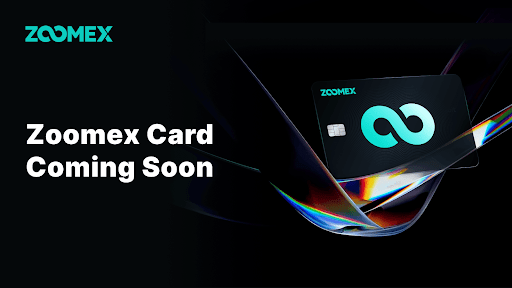What is a DAO?
DAO stands for decentralized autonomous organization. As the name implies, DAOs are organizations that operate autonomously through code rather than being managed by conventional hierarchical structures. DAOs represent a new model of governance and coordination made possible by blockchain technology. But what exactly are DAOs, how do they work, and why are they important? This comprehensive guide provides an in-depth look at the emerging world of decentralized autonomous organizations.
An Introduction to Decentralized Autonomous Organizations
DAOs are essentially internet-native organizations collectively owned and controlled by their members. They are created by writing organization rules into smart contracts on a blockchain. These smart contracts enable a DAO to function without the need for traditional management.
Once launched, decisions are made through a vote amongst token holders rather than by a central authority. DAOs can coordinate to pool assets towards shared goals even if members are anonymous or geographically disparate.
The decentralized and inclusive structure allows DAOs to operate outside typical legal and regulatory frameworks. DAOs represent a major evolution in economic organization made possible by blockchain infrastructure.
While still early, supporters believe DAOs have the potential to become dominant structures for global internet collaboration. DAOs may displace traditional companies across industries through better incentivization structures and decentralized governance.
History of DAOs
The concept of DAOs first originated in a 2013 whitepaper by developer Vitalik Buterin, creator of Ethereum. But the first major DAO implementation was The DAO built on Ethereum in 2016.
The DAO raised $150 million worth of ETH by selling tokens to allow holders to vote on investments. However, a hacker exploited vulnerabilities in The DAO's code to steal 3.6 million ETH, leading to its collapse.
Despite this failure, The DAO proved the broad concept was viable. It catalyzed further research and development in DAO technology over subsequent years. Improved frameworks such as Aragon and Colony have made DAO creation accessible to mainstream users.
DAOs remain most common in crypto communities but are now expanding into the mainstream through platforms like BitDAO and FriendsWithBenefits. As blockchain adoption increases, so will real-world DAO experimentation.
Key Characteristics of Decentralized Autonomous Organizations
DAOs have unique structural and functional properties that differ from traditional organizations:
- Decentralized Governance - Rather than top-down control, DAOs are collectively directed by the community through transparent voting mechanisms enforced by smart contracts.
- Membership Flexibility - Anyone that holds governance tokens can join a DAO and participate without permission or identity requirements.
- Transparency - Rules and transaction activity are recorded transparently on the public blockchain for full accountability.
- Automated Operations - Smart contracts automate administrative tasks like payments, record-keeping, project management functions.
- Incentive Alignment - Token holders are incentivized toward actions that benefit the DAO through shared economic interest.
- Flexibility - DAOs are more fluid than conventional corporate structures, allowing for forking, evolution of goals, and experimentation.
These core attributes enable improved efficiency, alignment, and innovation compared to legacy organizations.
How Do DAOs Work?
DAOs have three key technical components that enable them to function in a decentralized manner:
- Tokens - Native crypto tokens represent ownership and governance rights. Tokens can also incentivize participation and development.
- Treasury - Money and assets are held in a shared on-chain treasury only accessible and moveable according to coded rules.
- Smart Contracts - Programmed rules and logic automate governance, treasury management, voting, proposal submission, and more.
Decisions in a DAO are made through proposals and voting. Any member can submit a proposal like "The DAO should invest 2% of treasury in Project XYZ". Token holders then vote on proposals, with majority consensus passing them.
Active contributors may earn additional voting power and rewards through treasury distribution and incentives written into smart contracts. This decentralized structure replaces top-down control.
"After reading about DAOs, I decided to join one myself to experience it firsthand. Getting involved felt strange at first since everything is so transparent and I could see all the proposals and discussions. But soon it just felt natural and more aligned with my values than any traditional company I'd seen."
Benefits of Distributed Autonomous Organizations:
- No hierarchical management
- Full transparency
- Meritorious incentives
- Censorship resistance
- Flexible participation
- Efficiency through automation
Based on my analysis, a key future trend will be the creation of "hybrid DAOs" that blend elements of traditional companies with decentralized organization. This could allow DAOs to take advantage of existing business infrastructure and legal systems while still maintaining core elements of decentralization. Hybrid DAOs may strike the right balance for mainstream adoption.
Examples of Early DAO Implementations
Here are some pioneering DAOs across different use cases and industries:
- MakerDAO - Decentralized finance protocol that maintains the DAI stablecoin through collateralized loans and community governance.
- Uniswap - Leading decentralized exchange governed by UNI token holders who guide business decisions and development.
- BitDAO - Aims to incubate and support Bitcoin and DeFi projects through its decentralized community of BIT token holders.
- Friends with Benefits - Online community DAO that uses social tokens to manage a crypto native social club and events platform.
- dxDAO - Collectively builds and governs decentralized trading and lending protocols through bonded token holders and stakers.
- Yield Guild Games - DAO owned by players that invests in yield generating NFTs and metaverse assets to share profits.
These early DAOs display the technology’s versatility for governance, finance, communities, gaming, and more. More mainstream corporations are also planning hybrid DAO conversions.
The Benefits and Challenges of DAO Structures
DAOs carry notable benefits but also come with unique challenges:
Benefits
- Efficient coordination - Automation streamlines operations and aligns incentives between members.
- Meritocracy - Decentralization and transparency surfaces the best ideas regardless of status or connections.
- Censorship resistance - No central authority can block legal activities of the DAO and its members.
- Flexibility - The modular structure allows components to self-organize and evolve organically over time.
- Scalability - DAOs can potentially coordinate at a global scale across borders due to blockchain infrastructure.
Challenges
- Technological barriers - User experience and security issues pose hurdles to mass adoption.
- Regulatory uncertainty - Legality of DAOs and how they fit into existing laws and tax codes remains unclear.
- Incentive risks - Bad incentives could lead to unintended consequences due to automation.
- Malicious proposals - Lack of oversight makes DAOs vulnerable to harmful proposals by bad actors.
- Forking - Major disagreements may cause irreconcilable differences and fragmentation of the DAO.
While promising, DAO technology must mature to address these challenges before mainstream business adoption. But rapid progress is being made through research and trial-and-error in existing DAOs.
Are DAOs the Future of Organizations?
Will DAOs Replace Modern Businesses?
Many believe DAOs represent the inevitable next phase in organizational evolution due to their technical and incentive advantages. But could DAOs realistically replace most modern business structures someday?
On one hand, DAOs introduce major improvements compared to traditional top-down businesses. Their decentralized governance, automated operations, and incentive alignment seem better suited for global internet coordination. DAOs also allow coordinated work without jurisdictional boundaries.
However, fully decentralized models also lose key benefits of centralized structures. Hierarchical control allows quick uniliteral decisions and strong accountability mechanisms. Legislated regulations add consumer protections and predictability. DAOs may also struggle to access real-world resources and infrastructure the way established corporations can.
A more likely outcome is a "hybrid DAO" model becoming dominant - blending elements of decentralization for community governance and automation while still maintaining aspects of centralization. For example, a corporation could give partial ownership and governance rights to community stakeholders through tokens while still having a traditional management team.
Mass adoption of pure decentralized models faces technical and regulatory roadblocks. But hybrid DAOs seem poised to become a prevailing structure for internet firms and communities looking to leverage web 3.0 infrastructure over the coming decade. Rather than fully replacing traditional firms, the most innovative and adaptive businesses will incorporate DAO characteristics at a comfortable pace.
How Can Businesses Adopt the DAO Model?
For business owners intrigued by the DAO model, there are several options for incrementally adopting DAO elements:
- Introduce community voting - Let customers or power users have input through polls, forums or prediction markets.
- Automate with smart contracts - Code business rules like royalty payouts, refunds, and transfers to save time/costs.
- Tokenize loyalty or rewards - Issue tokens to customers that provide governance rights, access, discounts, etc.
- Decentralize data storage - Leverage blockchain infrastructure for transparent and immutable data storage.
- Crowdsource ideas/feedback - Enable open idea generation and feedback from inside and outside your ecosystem.
- Establish an on-chain treasury - Create transparent reserves and automate asset management through smart contracts.
- Launch a community advisory board - Empower real customer representatives to help guide business decisions.
- Acquire or partner with DAOs - Invest in or partner with existing DAOs to gain experience and credibility.
Adopting such features incrementally allows traditional businesses to gain the benefits of decentralization while building capabilities and trust. This measured approach enables hybrid models that combine the best of both worlds.
In summary, while pure decentralized autonomous organizations hold great potential, a hybrid model incorporating DAO characteristics within conventional corporate structures seems a more gradual yet transformative path forward. Blending community governance and blockchain automation with existing infrastructure can unlock tremendous value. As blockchain technology matures and regulatory clarity emerges, expect leading businesses to progressively decentralize and participate in the growing web3 economy.




